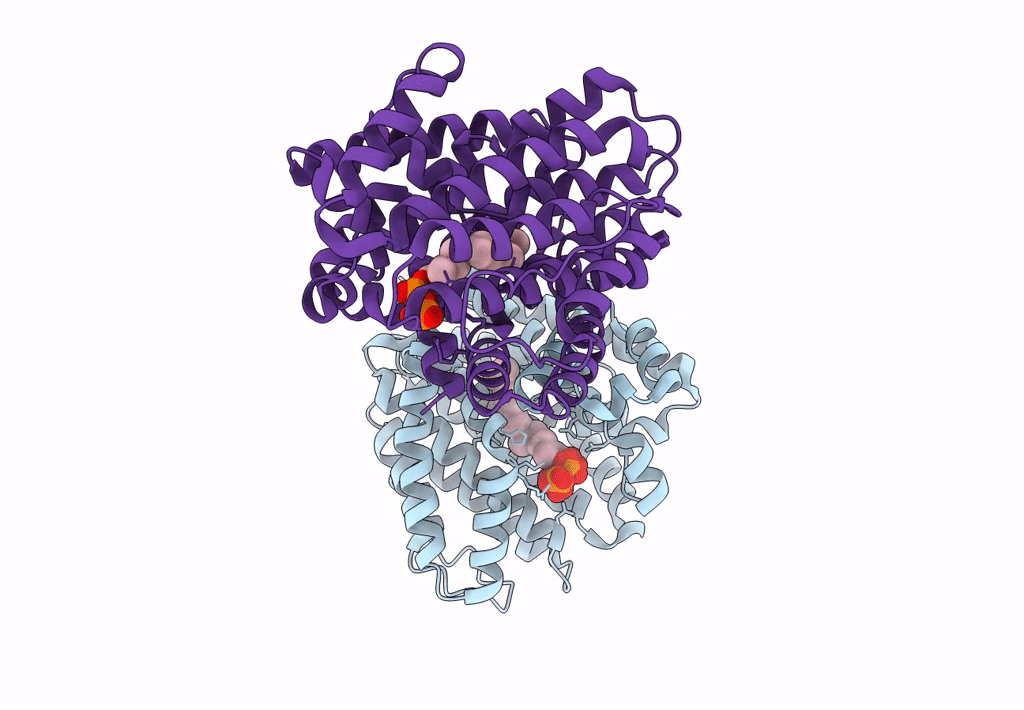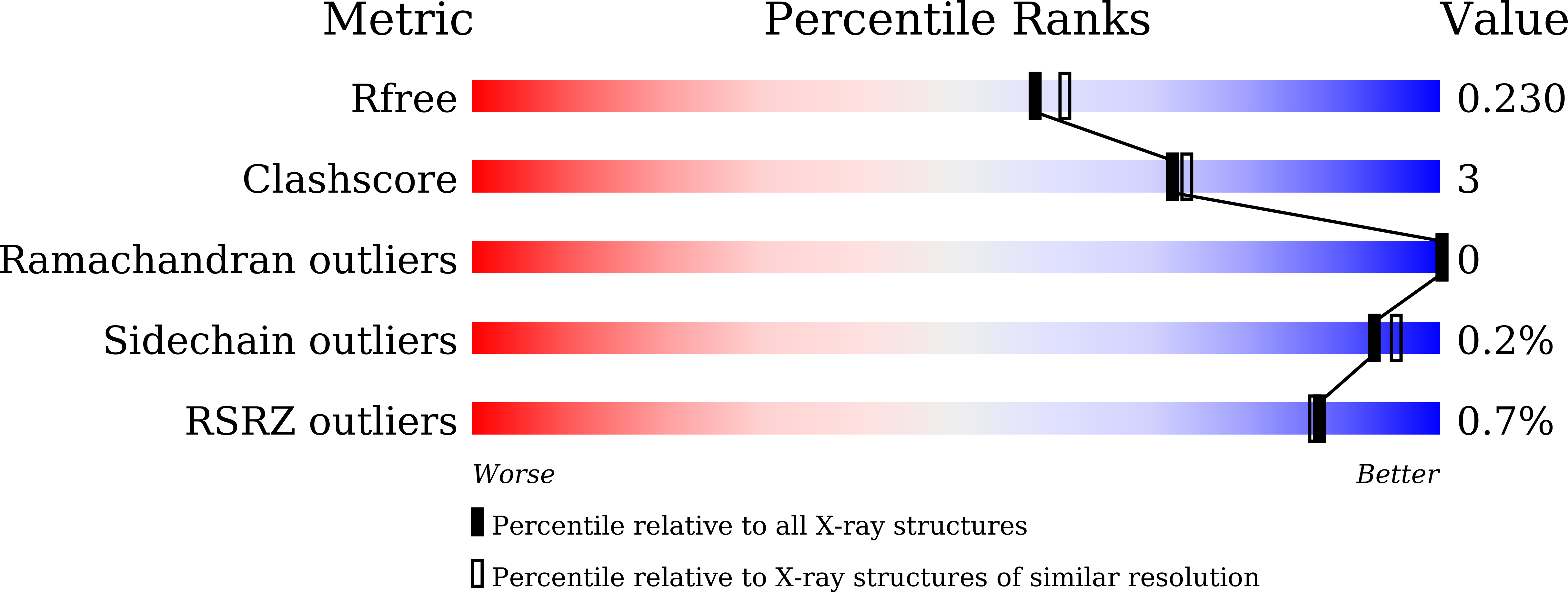
Deposition Date
2020-01-07
Release Date
2020-11-18
Last Version Date
2023-11-29
Entry Detail
PDB ID:
6LOO
Keywords:
Title:
Crystal Structure of Class IB terpene synthase bound with geranylcitronellyl diphosphate
Biological Source:
Source Organism:
Host Organism:
Method Details:
Experimental Method:
Resolution:
1.99 Å
R-Value Free:
0.22
R-Value Work:
0.17
R-Value Observed:
0.18
Space Group:
P 1


